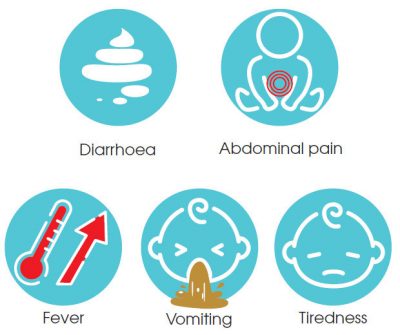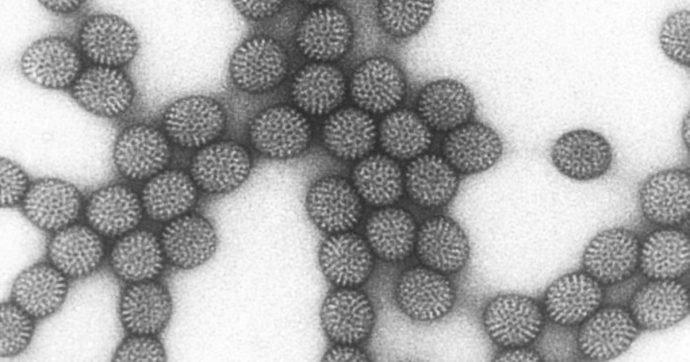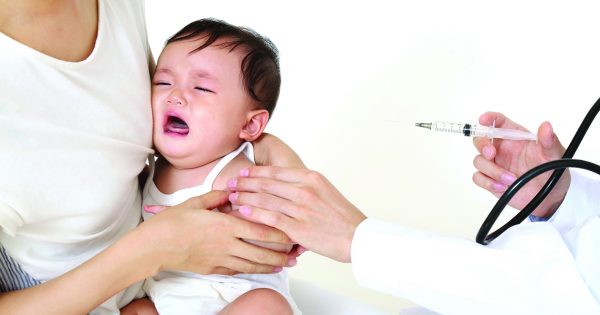What is rotavirus?
- The name rotavirus was suggested by Thomas Henry Flewett in 1974 after he observed that a rotavirus particle looks like a wheel (rota in Latin) when viewed through an electron microscope.
- There are nine species of rotavirus, consisting of Rotavirus A, B, C, D, F, G, H, I and J.
- Rotavirus A is the most common species, causing the majority (>90%) of rotavirus infections in humans.
- It is also the most common cause of severe diarrhoea among infants and young children.
- It is estimated that every child would have been infected by rotavirus at least once by the age of five.
- A study published in 2016 estimated that rotavirus causes 27 deaths, 31,000 hospitalisations and 41,000 outpatient visits in Malaysia annually.
How does rotavirus infection spread?
- Rotavirus is a highly contagious virus that is transmitted by the faecal-oral route.
- The viruses are shed in high amount in the stool of infected people and spread easily through hand-to-mouth and close person-to-person contact, as well as by fomites (surfaces and objects, like door handles and toys), foods and beverages, and unclean water.
- The virus is very stable and may remain viable in the environment for a long time, up to weeks, if there is no disinfection process.
What are the common signs of rotavirus infection?

Typical signs include gastrointestinal symptoms, which generally resolve in 3-7 days and are non-specific, such as:
- Diarrhoea
- Abdominal pain
- Vomiting
- Fever
- Tiredness
What do you need to be alert of?

Beware of severe dehydration in your child as this can be life-threatening! Here are the signs:
- Little urination or dry diapers
- Crying with no tears
- Dry mouth and throat
- Irritability
- Extreme sleepiness
- Sunken eyes
- Poor skin elasticity
How can rotavirus infection be managed?
- Consult a doctor if your child is showing any symptoms of severe rotavirus infection or dehydration.
- Certain medications may be prescribed to alleviate the symptoms. Note that antibiotics are not effective against viral infections.
- The main focus of treatment is to prevent dehydration:
- Babies: Continue feeding them with breast-milk or formula as usual. Oral rehydration solutions (ORS) may be necessary.
- Older children: Give plenty of fluids from drinks or foods. ORS may be prescribed to the child.
- Avoid carbonated drinks, apple juice, dairy products and sugary foods, as these may worsen diarrhoea.
How can it be prevented?
- Good hygiene
- Frequent and thorough hand-washing (e.g. after using the toilet, changing your child’s diaper).
- Regular cleaning method is insufficient. The best option is to use a bleach solution (1 part bleach + 9 parts water) to disinfect surfaces/objects.
- Rotavirus vaccination
- Vaccination is the primary public health intervention against rotavirus.
- Two types of oral vaccine available: 2-dose series and 3-dose series.
- Can be given as early as age 6 weeks with a minimum interval of 4 weeks between doses and maximum age for any doses at age 8 months.
- Speak to your doctor to learn more about rotavirus vaccination.
An educational contribution by Malaysian Paediatric Association.








Comments